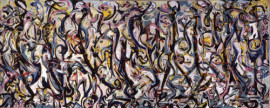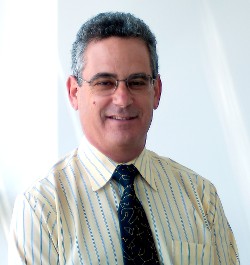 If you're looking for excitement from Tim Schiffer - the Figge Art Museum executive director who started on August 1 - don't talk to him. Instead, just look at the walls.
If you're looking for excitement from Tim Schiffer - the Figge Art Museum executive director who started on August 1 - don't talk to him. Instead, just look at the walls.
In our interview on January 25, the soft-spoken Schiffer articulated a modest plan for the Figge, but one that visitors will be able to see for themselves in "clusters" of exhibits that play off each other.
Schiffer's predecessor, Sean O'Harrow - who left after three years at the Figge to head the University of Iowa Museum of Art in November 2010 - believed that the Figge needed to emphasize education above all else (including being an art museum) and that the endowment needed to be built from $5 million to somewhere between $20 million and $50 million.
Because the process of developing a strategic plan for the Figge is just getting underway, the new executive director didn't offer measurable goals in those areas. But Schiffer - who had been executive director of California's Museum of Ventura County since 1999 - has already put his stamp on the museum in a different way.

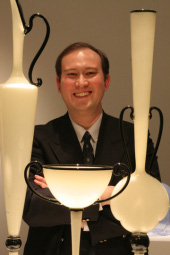 In Sean O'Harrow's telling, the Figge Art Museum is gaining an ally as much as it's losing an executive director.
In Sean O'Harrow's telling, the Figge Art Museum is gaining an ally as much as it's losing an executive director.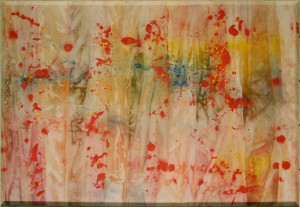 Abstract Painting doesn't like to travel because it's the most fragile work in the University of Iowa Museum of Art's collection, said White, the museum's interim director. When you get close to the piece, you can see that the paint in the corners is cracked. And because of the nature of the work, there's no obvious way to restore or conserve it.
Abstract Painting doesn't like to travel because it's the most fragile work in the University of Iowa Museum of Art's collection, said White, the museum's interim director. When you get close to the piece, you can see that the paint in the corners is cracked. And because of the nature of the work, there's no obvious way to restore or conserve it.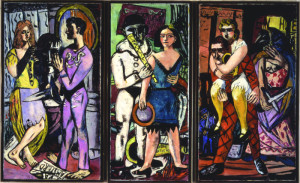 Don't run away. Even if you dislike modern art (or think you dislike modern art), A Legacy for Iowa -- which technically opens April 19 even though the paintings can be viewed by the public now -- is a great opportunity to acquaint (or reacquaint) yourself with the Figge: It's an ideal match of modern work and modern venue, facilitated by last year's flood in Iowa City.
Don't run away. Even if you dislike modern art (or think you dislike modern art), A Legacy for Iowa -- which technically opens April 19 even though the paintings can be viewed by the public now -- is a great opportunity to acquaint (or reacquaint) yourself with the Figge: It's an ideal match of modern work and modern venue, facilitated by last year's flood in Iowa City.